BraceAbility's Complete ITBS Treatment Plan
If you know you have ITBS, you’ve probably experienced symptoms like sharp pain, soreness, stinging or swelling at the side of your knee. These symptoms usually appear between miles 6 and 12 of long distance runs. Thankfully, BraceAbility has put together a full treatment regime including stretches, exercises, rest, and wearing an ITBS brace to get you fully recovered. Even if you don’t have ITBS, we strongly encourage runners to perform these stretches and exercises for injury prevention.
ITBS is often caused by weakness in the gluteal and knee stabilizing muscles. Because of this, flexibility and strength training are vital in the treatment and prevention of ITBS:
RECOMMENDED STRETCHES: to recover and relieve pain
Wall Stretch- Stand facing a wall, roughly two to three feet away. Place your feet in staggered position so you are able to lean into the wall.
- Place your hands on the wall and lean forward.
- Keep your heel on the ground, hold for 10 to 20 seconds and then switch sides.
- Repeat 3 times daily.
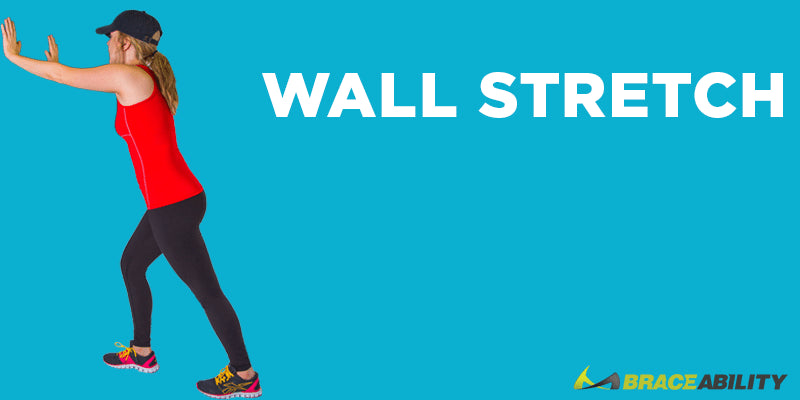
- Lie flat on your back with your legs straight.
- Have another person alternate bringing your right and left leg up and across your body until you feel the stretch on the outer side of your thigh. Repeat and alternate legs each time.
- Repeat 2 times daily.
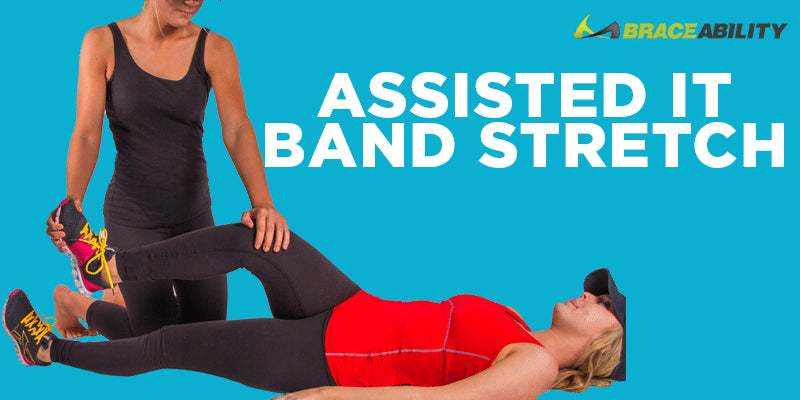
- Stand upright and cross your right leg behind your left leg.
- Lean forward and towards your left leg until you feel the stretch on the outside of your right leg. Feel free to use a chair or wall to balance yourself. Hold this stretch for 20 seconds.
- Repeat 3 times daily.
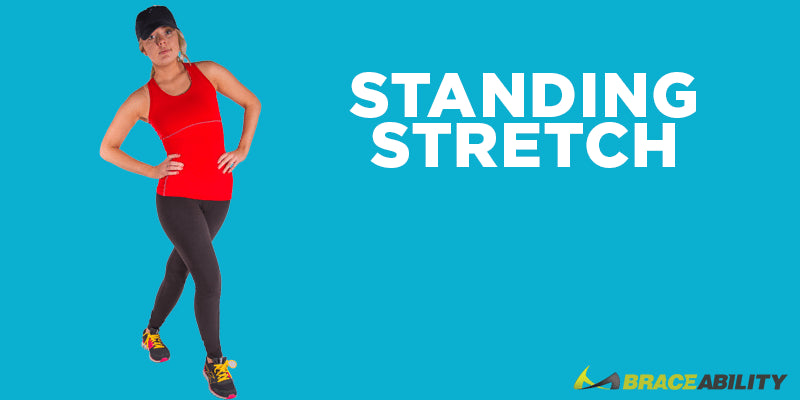
RECOMMENDED EXERCISES: to strengthen and prevent future injury
Lying Hip Abduction- Lie down on your left side, stacking your hips (right hip directly over your left) so your body is in a straight line.
- Lift the top leg up, holding it in the top position for two seconds, slowly bring it back down to the neutral position and repeat.
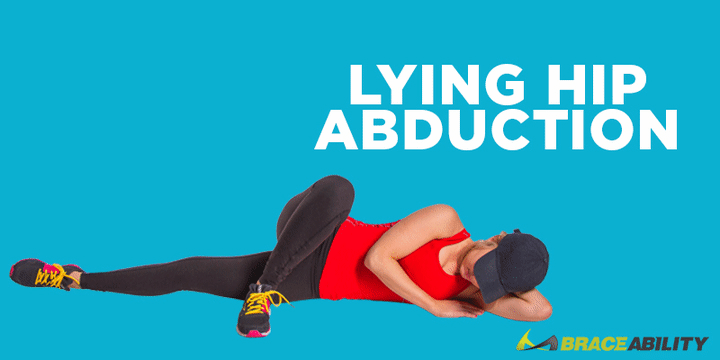
- Begin by standing with your left leg straight and your right leg raised off the ground.
- Raise your right hip and pelvis by moving your hip towards the ceiling.
- Hold this position for 1-2 seconds. Do as many repetitions as possible for 60 seconds before alternating legs.
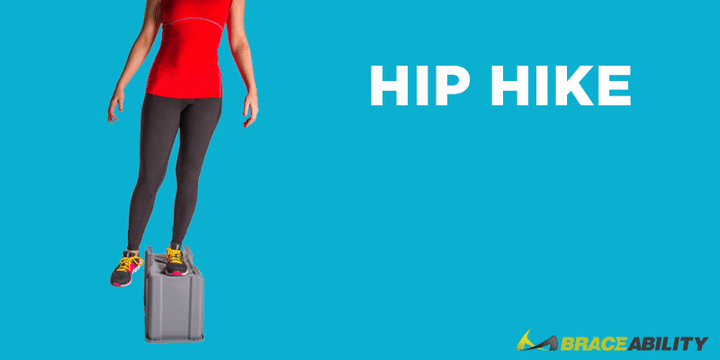
Clamshell
- Lie down on your side with your knees slightly bent, while keeping your legs and ankles together.
- Open and close your knees by lifting your top knee until it’s parallel with your hip. To make the exercise more intense use a resistance band.
- Repeat 15 times on each side.
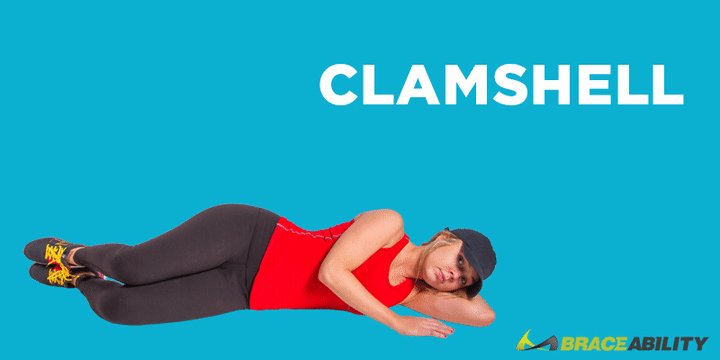
In order to fully recover from an ITBS injury, it is important you follow through with a consistent and well-rounded treatment. Along with stretches and strength exercises, we recommend limiting your running for a quicker recovery. Wearing an IT knee band strap or thigh sleeve will provide extra support for your IT Band.
Not only will implementing these treatment techniques get you back to running pain-free, but you'll be stronger than ever!










